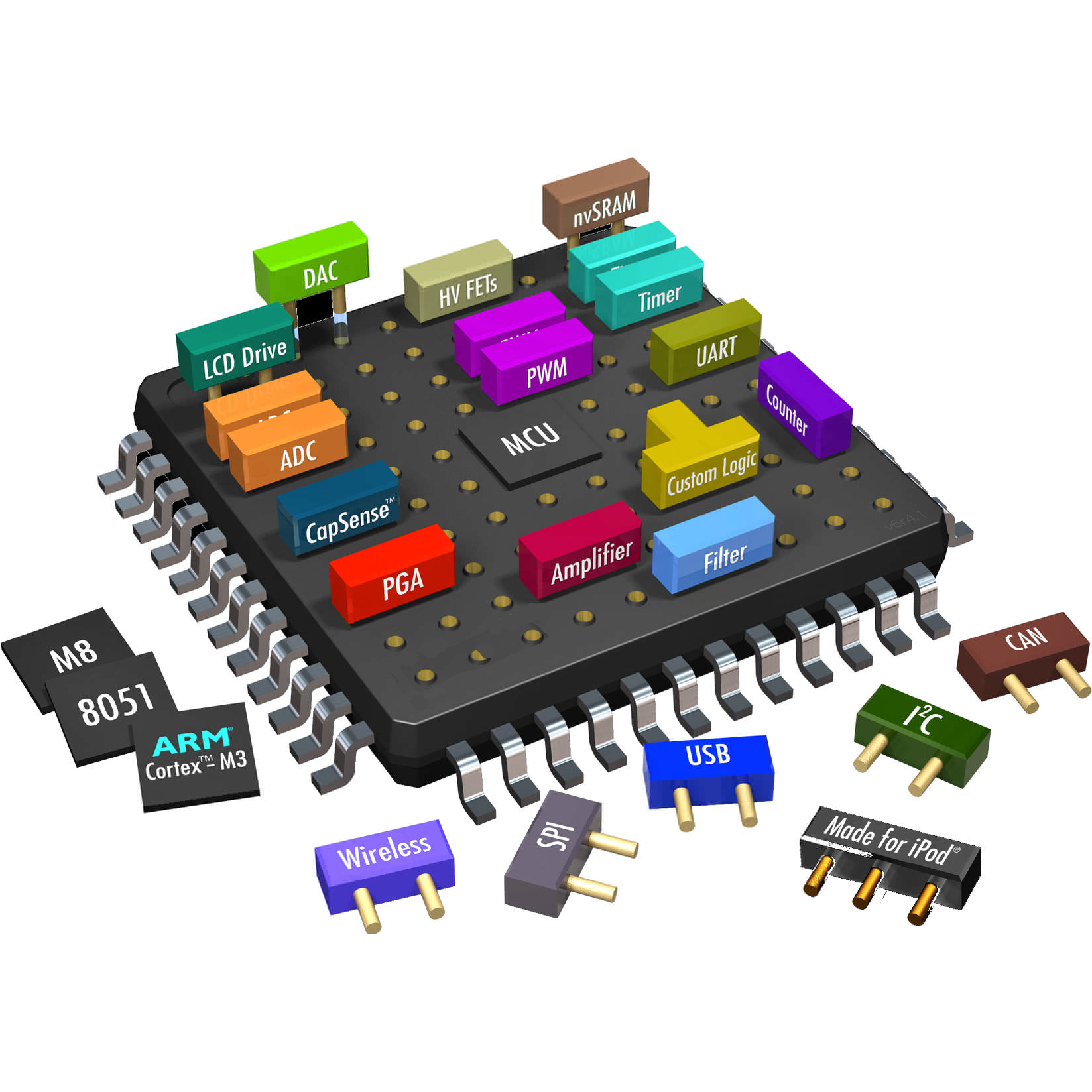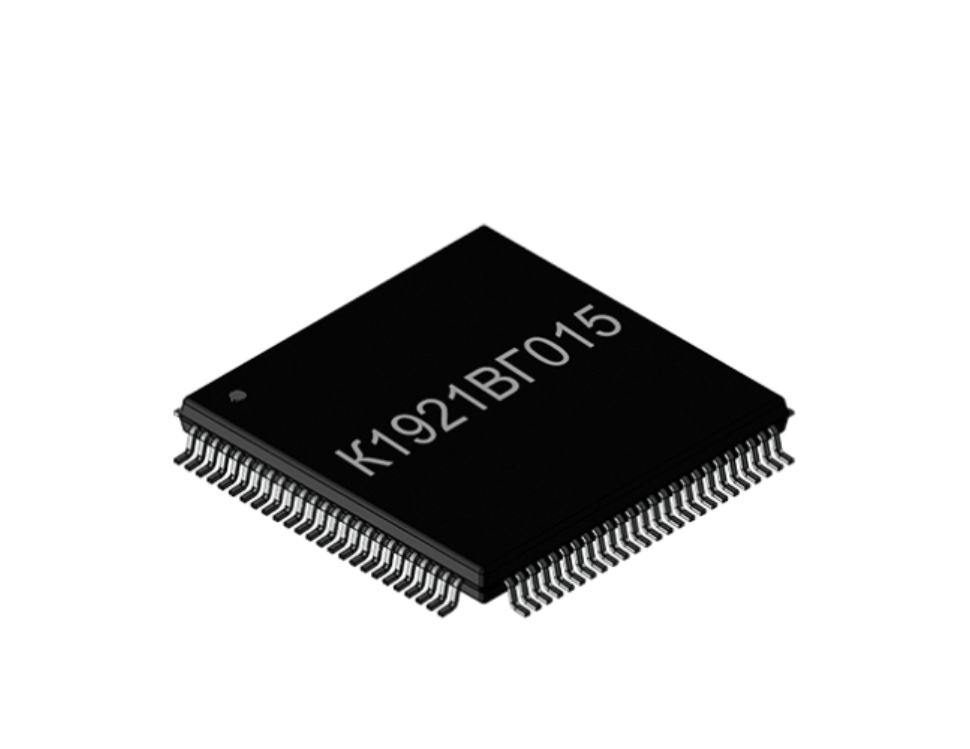
Digital electronics is the backbone of modern technology, powering everything from smartphones to complex computing systems. For beginners stepping into this fascinating world, understanding the fundamental concepts is crucial to build a strong foundation. Here’s a comprehensive guide to help you grasp the essentials of digital electronics.
1. What is Digital Electronics?
Digital electronics deals with circuits that operate using discrete values, typically represented by binary digits: 0 and 1. Unlike analog electronics, which works with continuous signals, digital systems process signals in distinct levels, making them more reliable and less susceptible to noise.
2. Binary Number System: The Language of Digital Electronics
At the heart of digital electronics lies the binary number system, which uses only two digits:
Every piece of data in a digital system, whether it’s text, image, or sound, is converted into binary for processing and storage.
3. Logic Gates: The Building Blocks
Logic gates are fundamental components in digital circuits. They perform basic logical operations on one or more binary inputs to produce a single output. The most common types include:
Understanding these gates is essential because they form the basis of digital decision-making in circuits.
4. Combinational vs Sequential Circuits
5. Flip-Flops and Memory Elements
Flip-flops are basic storage units that hold one bit of data. They are fundamental in designing sequential circuits and memory. Common types include:
These elements enable digital systems to remember past inputs and create complex behavior over time.
6. Importance of Timing: Clocks and Synchronization
Digital circuits often rely on a clock signal — a regular pulse used to synchronize operations. Timing ensures that data is transferred and processed in an orderly manner, preventing errors caused by asynchronous signals.
7. Practical Applications
Digital electronics is everywhere:
A solid understanding of basics opens doors to exploring these exciting fields.
Conclusion
For beginners, mastering the fundamentals of digital electronics is about understanding:
With these building blocks, you’ll be well-equipped to dive deeper into digital design, programming, and innovative technology development. Starting with these core ideas will transform a novice into a confident learner ready to explore the digital world.




Michael Bennett
Sarah Bailey
David Parker
Lauren Kelly